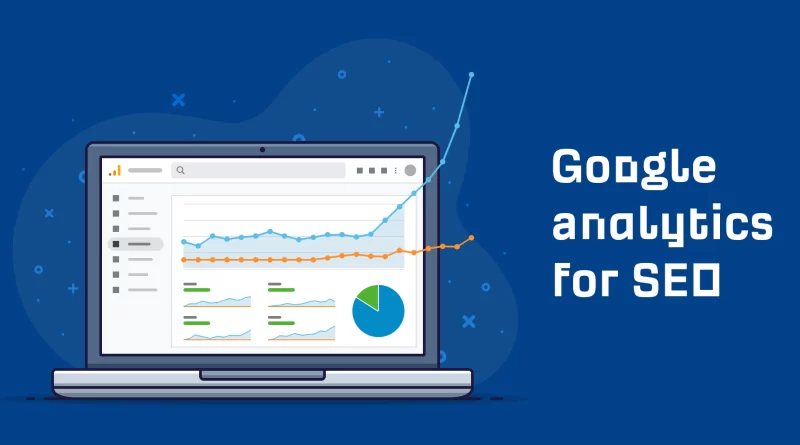How to Use Google Analytics for SEO
Optimizing the success of your website in the ever-changing world of digital marketing requires a solid grasp of and use of analytics. A powerful and free tool that offers insightful data on user behavior, sources of traffic, and general website engagement is Google Analytics. To improve the search engine ranking of your site exposure, this article explores the use of Google Analytics expressly for SEO, walking you through key features and techniques.
Table of Contents
Setting Up Google Analytics for SEO
Make sure that Google Analytics is correctly configured for your website before beginning any SEO study. Install the tracking code, set up an address for your website, and create an account. Establish goals and, if necessary, e-commerce tracking. This fundamental stage establishes the framework for gathering insightful data that may guide your SEO tactics. Use sophisticated tools like individual dimensions and filters to customize your analytics configuration for certain SEO goals, guaranteeing a thorough and unique strategy.
Understanding Key SEO Metrics in Google Analytics
Use Google Analytics to find important indicators related to search engine optimization. Pay attention to indicators like average session duration, bounce rate, organic traffic, and conversion rates. The number of visitors originating from search engines may be inferred from organic traffic, while user engagement can be seen from bounce rates and mean session time. Knowing these indicators makes it easier to assess how successful your SEO campaigns are. Investigate the “Site Search” report further to see what people are searching for on your website. This will provide you with important keyword insights for optimizing your content.
Analyzing Organic Search Traffic
Examine organic search traffic by using the Google Analytics “Acquisition” tab. Examine the “Channels” report to find out how different traffic sources stack up against organic search. Determine which keywords, web pages, and user demographics are most effective in generating organic traffic. This research reveals important details to help you improve your keyword and content strategy for higher search engine rankings. Use a detailed approach to find areas for optimization and performance enhancement by looking at the performance of each landing page.
Examining User Behavior with Behavior Reports
Open Google Analytics and navigate to the “Behavior” area to examine how users are interacting with your website. The most popular pages and entrance points are revealed through the “Site Content” and “landing Pages” statistics. You may optimize these websites for better SEO performance by understanding which pages receive the most organic traffic by analyzing user behavior. Use event tracking and improved e-commerce reports in addition to normal reports to obtain more information about user participation and interactions, giving you a more complete picture of how people interact with your website.
You might also like: 5 effective ways for SEO
Utilizing Conversion Tracking for SEO
Conversion monitoring can offer insightful data for SEO, even if it’s frequently connected to paid advertising. Establish conversion targets for user activities, including form submissions, email sign-ups, or content downloads, that correspond with your SEO goals. By keeping an eye on these objectives, you can evaluate how organic traffic affects your company’s objectives and adjust your SEO plan as necessary. Use the “Multi-Channel Funnels” report as well to comprehend the function of the organic search in the whole conversion path and to pinpoint interactions that gradually lead to conversions.
Monitoring Site Speed for SEO Optimization
One important component affecting SEO rankings is site speed. Under the “Behavior” tab, Google Analytics provides a “Site Speed” report that delivers details on user experience and page load times. Find the pages that take a long time to load, then improve their speed. Increasing a website’s speed has a favorable effect on search engine rankings in addition to increasing user pleasure. Make advantage of the “Page Timings” analysis to pinpoint pages that might need to be optimized in order to guarantee a consistent user experience throughout your website.
Conclusion
An essential tool for improving the SEO of your website is Google Analytics. You can fully utilize Google Analytics to improve your website’s visibility and search engine performance by correctly configuring the platform, comprehending important SEO metrics, assessing traffic from organic searches, analyzing user behavior, using conversion tracking, keeping an eye on site speed, and utilizing insights for strategy refinement. Use these techniques as part of your routine to keep up to date, adjust to evolving trends, and improve the search engine optimization of your website.
Sources
https://databox.com/google-analytics-for-seo
Follow Us On:
